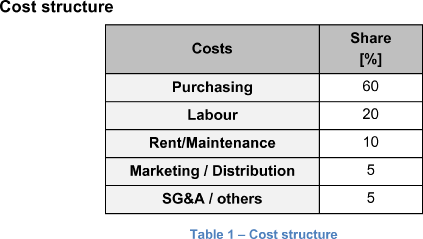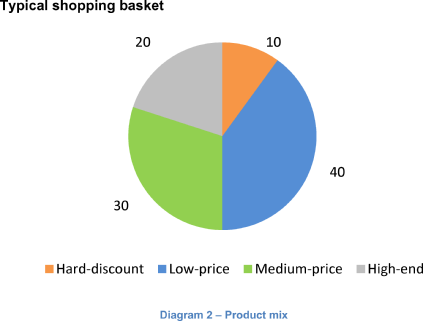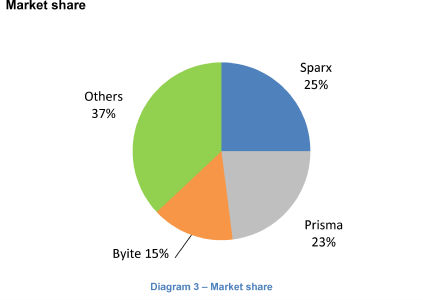Supermarket turnaround
Our client is a supermarket chain in Britain called Sparx. They have been the market leader for more than 30 years. However 5 years ago they have seen growth stall and 2 years later revenues started shrinking, keeping so until today. The profitability of the chain has followed the revenue downturn trend, but dropped in percentage much more than the revenues.
They now hold only 25% market share, with the second player getting dangerously closer with 23%.
What’s wrong and how can you help them turn this situation around?
Case Comments
Further Questions
Suppose the client starts to sell better products, increasing the average product price from £1 to £1.1. As a consequence, the purchasing costs increase 5%.
Assume the market has a price elasticity of -0.5 (that is, for an increase of 10% in price, the demand of product units decreases 5%).
Is the client going to be profitable with this change in product strategy?
Note for Interviewer
More questions to be added by you, interviewer!
At the end of the case, you will have the opportunity to suggest challenging questions about this case (to be asked for instance if the next interviewees solve the case very fast).





